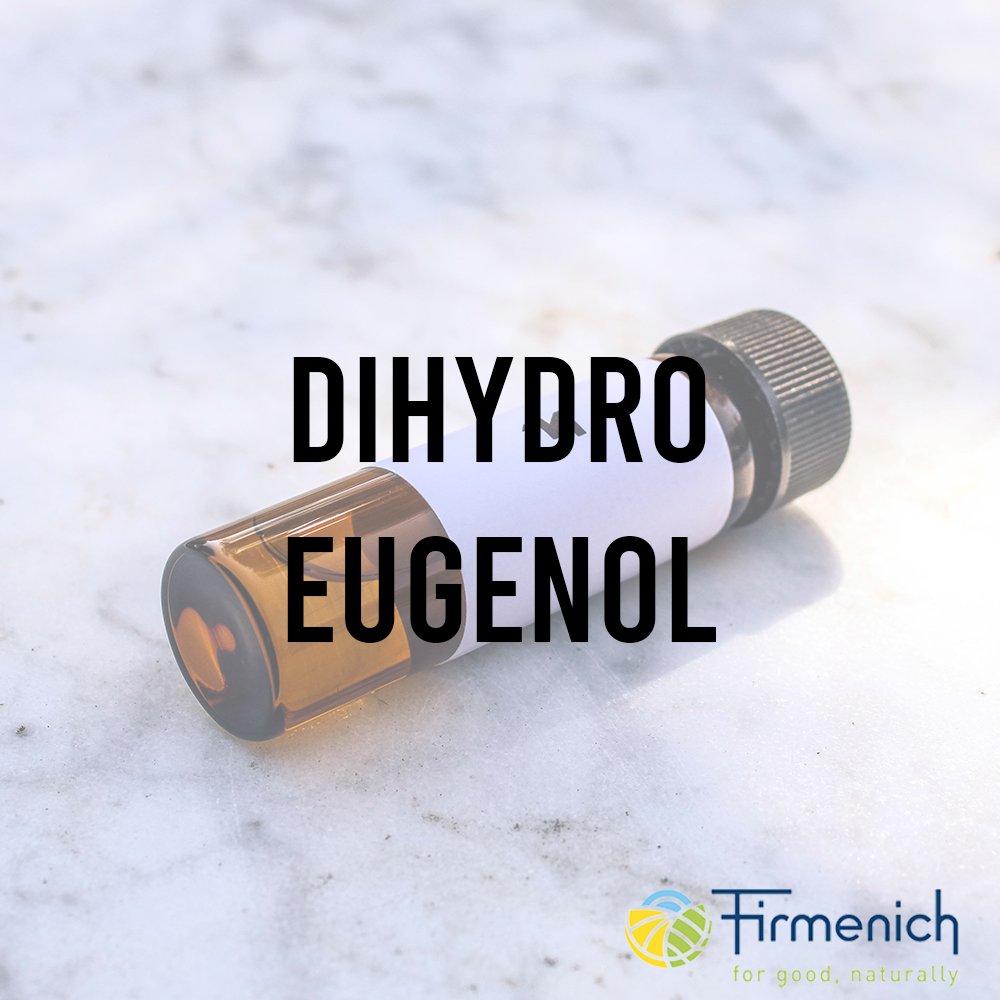Black Pepper Oil
Premium Natural Ingredient for Perfumery
Black Pepper Oil is a natural essential oil obtained from Piper nigrum, traditionally distilled from the dried, nearly ripe fruits of the pepper vine. Its scent is warm, woody, dry, and spicy, with a fresh, aromatic lift and zero pungency, as its piquant compounds (e.g., piperine) are non-volatile and absent from the distilled oil. Widely used in perfumery as a spice modifier, Black Pepper Oil supports floral, woody, and oriental compositions by introducing texture, radiance, and a dry-spicy dimension.
Premium Natural Ingredient for Perfumery
Black Pepper Oil is a natural essential oil obtained from Piper nigrum, traditionally distilled from the dried, nearly ripe fruits of the pepper vine. Its scent is warm, woody, dry, and spicy, with a fresh, aromatic lift and zero pungency, as its piquant compounds (e.g., piperine) are non-volatile and absent from the distilled oil. Widely used in perfumery as a spice modifier, Black Pepper Oil supports floral, woody, and oriental compositions by introducing texture, radiance, and a dry-spicy dimension.
Premium Natural Ingredient for Perfumery
Black Pepper Oil is a natural essential oil obtained from Piper nigrum, traditionally distilled from the dried, nearly ripe fruits of the pepper vine. Its scent is warm, woody, dry, and spicy, with a fresh, aromatic lift and zero pungency, as its piquant compounds (e.g., piperine) are non-volatile and absent from the distilled oil. Widely used in perfumery as a spice modifier, Black Pepper Oil supports floral, woody, and oriental compositions by introducing texture, radiance, and a dry-spicy dimension.
Natural Ingredient Overview
🔎 Botanical Name: Piper nigrum
🧪 Common Name: Black Pepper Oil
🧬 Chemical Family: Essential oil (terpenes and sesquiterpenes)
📂 CAS N°: 8006-82-4
📘 FEMA: 2844
⚖️ Molecular Weight: Mixture — ~154 to 204 g/mol (key components)
📝 Odor Type: Spicy-Woody
📈 Odor Strength: Medium; persistent through top and heart
👃🏼 Odor Profile: Fresh, dry, woody-spicy with terpenic lift and an herbaceous core; no pungency
⚗️ Primary Uses: Rose/carnation bases, oriental and aldehydic structures, spice facets
🧴 Appearance: Water-white to pale greenish-gray liquid; mobile, slightly thickens with age
What is Black Pepper Oil?
Black Pepper Oil is steam-distilled from the nearly ripe, dried fruits of the Piper nigrum vine — a plant native to southern India and the Sunda Islands of Southeast Asia. Unlike ground black pepper, the essential oil lacks piperine, the pungent alkaloid responsible for black pepper’s bite. Instead, it carries a refined, diffusive scent composed mainly of beta-caryophyllene, delta-3-carene, alpha-pinene, and a small amount of eugenol.
This material is historically significant in perfumery as a non-pungent spice oil, bringing dryness, freshness, and a softly herbaceous effect. Particularly prized for its interactions with eugenol derivatives, it performs where sharp spicy brightness is needed without overt warmth or sweetness.
Olfactory Profile and Perfumery Applications
Olfactively, Black Pepper Oil is characterized by:
Top note: Fresh, bright, slightly citrus-terpenic
Heart: Dry, spicy, and woody with a green peppercorn nuance
Base tone: Warm, non-pungent, slightly resinous-spicy
Its most notable effects include:
Floral modulator: Introduces tension and dryness to rose and carnation bases (e.g., with isoeugenol, heliotropin)
Oriental depth: Bridges top-to-heart with soft heat in ambers or resinous blends
Dry aldehydics and fougères: Lends herbal complexity and removes excessive sweetness
Woody accords: Reinforces dry facets in vetiver or patchouli-focused structures
Arctander specifically highlights its irreproducible interaction with rose, noting that no isolated terpene reproduces this effect alone — even phellandrene, though abundant, cannot simulate the whole.
Composition and Key Components
Approximate terpene profile:
β-Caryophyllene: ~24% — woody, peppery, diffusive
Δ³-Carene: ~9% — fresh, herbal-pine
α-Pinene: ~6% — resinous, camphoraceous
Eugenol: ~5.5% — warm-spicy, clove-like
Limonene, Sabinene, Linalool: minor constituents
This complexity supports its multidimensional behavior and persistent lift through the top and heart of a composition.
Industrial and Technical Uses
Flavoring applications: Used in spice blends and meat seasonings, where only aroma is needed (without pungency)
Fragrance use: Extensively applied in fine fragrance, soaps, shaving products, and aromatic detergents
Natural perfumery: Considered clean-label compliant when produced via direct distillation, with no additives
✅ Particularly suitable in natural-certified or restricted formulations that require spice lift without intensity.
Regulatory and Safety Overview
IFRA: Compliant when used within normal essential oil limits (refer to Category 4–12 use levels)
EU Allergens: May contain trace levels of linalool, eugenol, limonene (labeling required)
FEMA GRAS: FEMA 2844 — approved for food use in trace levels
ECHA (REACH): Registered; not classified as hazardous
Toxicology: Generally recognized as safe at cosmetic and flavor-use concentrations; sensitization rare
Storage stability: May oxidize or thicken over time; protect from light and air
Sources
Perfume and Flavor Chemicals, S. Arctander (1969)
FEMA GRAS Database – Entry 2844
ECHA Substance Database – CAS 8006-82-4
Fulvio Ciccolo, Scentspiracy Research Notes (2022)
Internal Essential Oil Archives – Scentspiracy Natural Material Series
Photo by Sonika Agarwal on Unsplash







